Increased support means it might be a better option for sole traders to switch to the Business Support Grant. Photo: File.
When the snap lockdown was announced on 12 August, the ACT Government announced two streams of financial support for the Territory’s businesses and workers: the Business Support Grant and the COVID-19 Disaster Payment.
Initially, the Business Support Grant provided a lump sum of $10,000 businesses and $4,000 to sole traders who had experienced a 30 per cent reduction in turnover. To be eligible, businesses had to demonstrate their primary operation in the ACT, have an annual turnover of more than $75,000, be registered for GST and have a total payroll of less than $10 million.
While the COVID-19 Disaster Relief Payments delivered a $750-a-week payment to a worker who lost more than 20 hours of work during lockdown, for someone who lost between eight and 20 hours, a $450-per-week income support payment was available.
It is hard to recall but back on 12 August, lockdown was declared for just two weeks. At this stage, for a sole trader who had lost work, the choice of support was between $750 a week paid within days, or apply for a Business Support Grant and wait for $4,000. RSM Australia Business Adviser Conor Nolan says many sole traders naturally chose the faster ongoing support.
“The Disaster Payment was a clearer, faster solution to cashflow issues. Some people received the money the same day,” Mr Nolan says.
But, as lockdown extended, the ACT Government increased the size of the lump sum payments under the Business Support Grant, choosing between the supports was less clear cut.
On 31 August, the support for employing businesses increased from $10,000 to $20,000 and from $4,000 to $7,500 for sole traders and non-employing companies.
And on 17 September, employing businesses received an additional $10,000 to $30,000, while sole traders and non-employing businesses received an additional $3,750 to $11,250.
Mr Nolan said the increased support is possibly a better option for sole traders and non-employing businesses to switch from the Disaster Payment to the Business Support Grant.

RSM Business Advisor Conor Nolan. Photo: RSM Australia.
“Six weeks into lockdown, a sole trader would now have received $4,500 in Disaster Payments but could be eligible for $11,250 using the Business Support Grant. The cumulative increases have now made the Business Support Grant the better option,” Mr Nolan explained.
Mr Nolan says many sole traders, particularly contractors, do not consider themselves to be businesses.
“People often regard themselves simply as contractors,” Mr Nolan says.
“For example, a labourer contracted to work on various building sites, with an ABN and registered for GST, is considered a sole trader and is therefore eligible for the Business Support Grant. It makes sense now to switch.”
Mr Nolan says switching between supports is permitted as long as you pay back all the money received.
“You can use the lump sum you receive under the Business Support Grant to pay back the Disaster Payment funds.”
If lockdowns and restrictions continue, beyond the current end date of 15 October, business support measures are tipped to increase further.
At this stage, the ACT Government is expected to make more announcements regarding timelines and any further support on 1 October.
In an effort to support Canberra businesses and recognising the devastating effect of the lockdowns, the Canberra Business Chamber has announced they are offering the first three months of membership free for small businesses that sign up from now until 15 October.
As a member of the Canberra Business Chamber, businesses will have access to the Chamber’s Employer Assist Team for advice and support and a range of employer resources and solutions for businesses.
Canberra Business Chamber Chief Executive Graham Catt says, “We are here to help businesses, that is our mission. So many businesses are currently in distress, now is our opportunity to help with services and information. Hopefully, we will emerge from lockdown soon, but no doubt challenges will remain for the coming months. Access to free advice and support is a benefit of being a Chamber member”.
For more information, visit Canberra Business Chamber.















